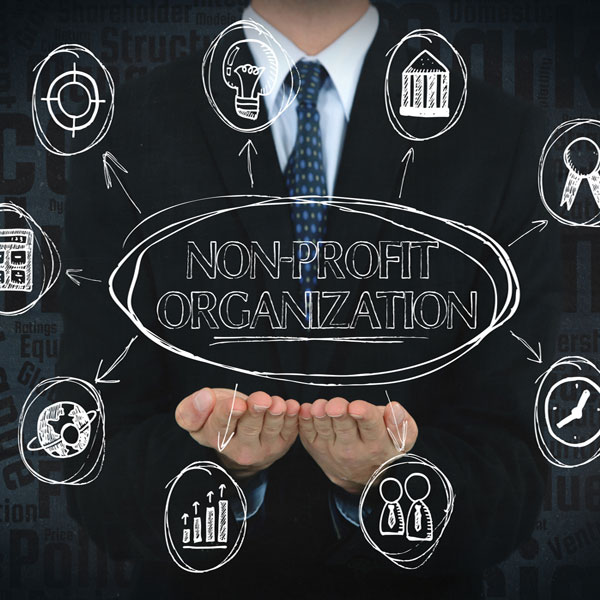The Five Best Office 365 Accounting Integrations in 2018

 You have founded an amazing non-profit that is helping the world. The last thing you want is to lose your tax-exempt status because of some basic paperwork mistakes.
You have founded an amazing non-profit that is helping the world. The last thing you want is to lose your tax-exempt status because of some basic paperwork mistakes.
In fact, you could face huge fines for not protecting donor information or keeping clear records of the money coming in and how it is being used.
Do not risk the loss of your 501(c)(3) status. Here is an easy breakdown of all the non-profit requirements to remember:
File Your 990 Tax Form Every Single Year
Re-filing your 990-tax form every year is mandatory.
The full name of the 990 form is “Return of Organization Exempt From Income Tax.” This form is the only way the public can see information about why your organization tax exempt. It also gives the IRS a record of your earnings for the year.
Being tax exempt does not mean you never have to tell the IRS anything anymore. They still need an annual record of your finances. However, if you have a loss of data or a breach, then your ability to meet those requirements could be compromised. When setting up your non-profit, it is important to make sure that your records are being backed up on a regular basis to avoid any potential data loss.
Meet All Requirements Unique to Your State
Each state has different requirements for non-profit organizations, and these change all the time. You can find a complete list of non-profit requirements by state right here.
Do not assume you are compliant because you checked state requirements six months ago. Depending on the nature of your work, you will have a variety of forms to file with different deadlines. Various IT options can also be put into place that allows you to manage your deadlines and keep your staff informed about when they need to have completed any necessary information.
Things that impact how much state paperwork you must do includes:
- Having employees
- Soliciting for donations
- Selling merchandise or other materials
- Change of address
- Sharing office space
Keeping up with state forms is the trickiest part of staying tax-exempt. If you schedule regular meetings to get them all done, it should not be hard to stay on track.
Protect Donor and Client Information
If someone breaches your IT security and a donor falls victim to credit fraud, you could face fines up to $50,000. A breach of any kind could be financially crippling to your non-profit. Therefore, it is important to understand your responsibilities and put systems in place to protect your data and that of your donors.
It is crucial your non-profit stay PCI compliant, just like any other business. This process will not affect your standing as a tax-exempt organization with the IRS. However, keeping donor and client information secure is as crucial as your fire escape plan.
IT management companies can help you conduct a digital risk assessment. It may be best to outsource your most sensitive IT management to a company you trust. Doing so can help you identify any potential weak points in your systems and address them before any breach occurs.
Leaving your IT services to the pros will free you up to stay on top of state compliance– and keep saving the world.
More About IT and Non-Profit Requirements
IRS non-profit requirements are pretty straightforward: file your 990-tax form each year.
Beyond that, you are going to need to stay on top of changing state forms with a variety of short and long-term deadlines.
You will need to be PCI compliant if you are processing credit card information to accept donations. Keeping your entire website and company data secure is the best way to protect your sensitive financial information. Working with an IT firm, you can determine the best way to backup and protect your data, thus freeing you to keep pursuing the goals of your non-profit.
To speak with someone about what kind of IT security you need, contact us.
To read more helpful posts like this one, return to our blog.
Sagacent Technologies offers technology management and support, including proactive/preventative maintenance, onsite and offsite data back-ups, network and security audits, mobility solutions, disaster planning, and emergency business resumption services. The company serves clients of 10 to 150 employees within the Silicon Valley region.
